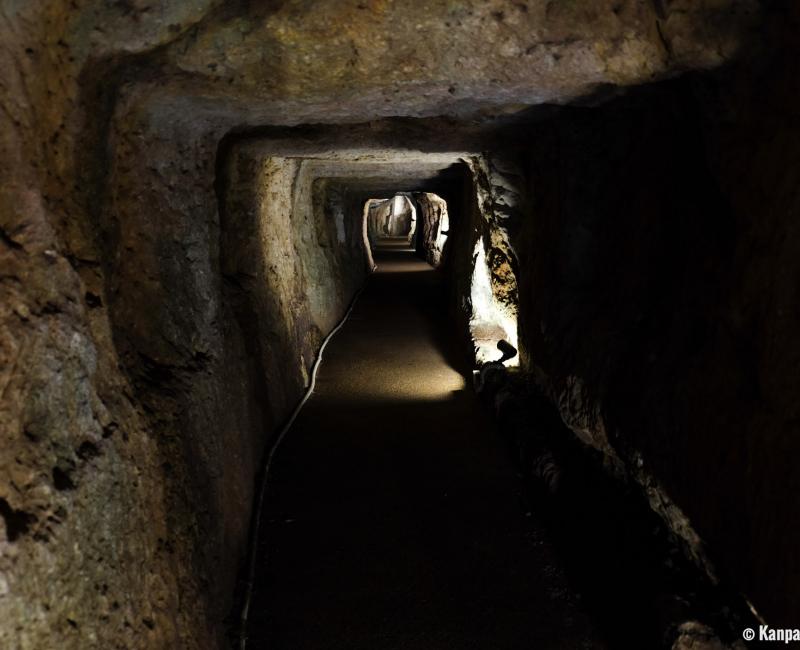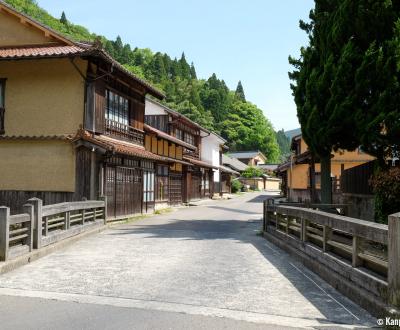Iwami Ginzan
Omori’s Exceptional Mining Village
Iwami Ginzan is a former silver mine located in the south of Oda City, in Shimane prefecture in Japan. The mining site, which is not limited to underground tunnels, includes a group of traditional houses villages, shrines and remains of the times mining tools, that can be discovered in a walk between mountain forests and seaside.
Japan’s volcanic activity has been providing the country with many underground resources exploited by its inhabitants throughout the ages. Nowadays, several former silver mines (ginzan) located in rural areas have been transformed into tourist attractions, such as the already well-known Ikuno Ginzan in Hyogo prefecture. As for Iwami Ginzan, it was inscribed onto the UNESCO World Heritage List in 2007, but is it really worth the detour in Shimane prefecture?
Entrance to another world
First, one must consider the large extend of the place. There is not only a few mine shafts opened to the public. Iwami Ginzan is a small world in its own right, with a 500 hectares superficies, and it takes time to explore its past, in a throwback to when the mine was still operating. The immersive old-fashioned decor helps imagining the work conditions, the hierarchical organization of this self-administered society with its lord and workers, and pervade in the beliefs governing the daily life.
The walking course treads in the heart of a forestry valley and connects the two areas sheltering vestiges. In the north, the beautiful Omori mining town displays characteristically traditional houses:
- The Kumagai Residence, that once belonged to a wealthy merchant family, and shows a carefully arranged layout and well-furnished household for the times;
- The Gohyaku Rakan temple, with its 500 statues of Buddha’s disciples hidden in the rocks in memory of the deceased;
- Kigami shrine, with its painted and sculpted wood;
- Traditional craftsmanship at the World Heritage Center.

Lastly, in the south, the mining site is opened to the visit, especially the Ryugenji Mabu Mine Shaft.
The visit continues toward the coast following the historical transportation route to the ports, such as Yunotsu from where the ore was exported.
400 years of history
"Iwami Silver Mountain" has been exploited during nearly four centuries and was at the peak of its prosperity in the 17th century, in pre-modern Asia when trade between Orient and Occident started to strive. Renowned for its top-notch manual extraction techniques, the mine supplied up to a third of the world’s silver production. Unfortunately, the country’s isolation during the Edo period (1603-1868) had Japan miss the beginning of the Industrial Revolution happening in Europe.
New contenders appeared while the silver deposits gradually depleted which ended up in the natural death of this traditional activity at the end of the 19th century. This history has now been preserved as a cultural and historical heritage of Japan, with a universal archaeological value. Iwami Ginzan is indeed a beautiful example of a territory exploited by mankind that was returned to the state of nature. And the interest of the site precisely lies in these cultural landscapes partly covered by the forest and a lush vegetation.
Iwami Ginzan is best enjoyed over a day of excursion. Public transportation connect Omori from Oda downtown, Matsue and Izumo. The exploration of the site can be made walking or on a bicycle, with a bike 🚲 rental service available near the bus stop.

